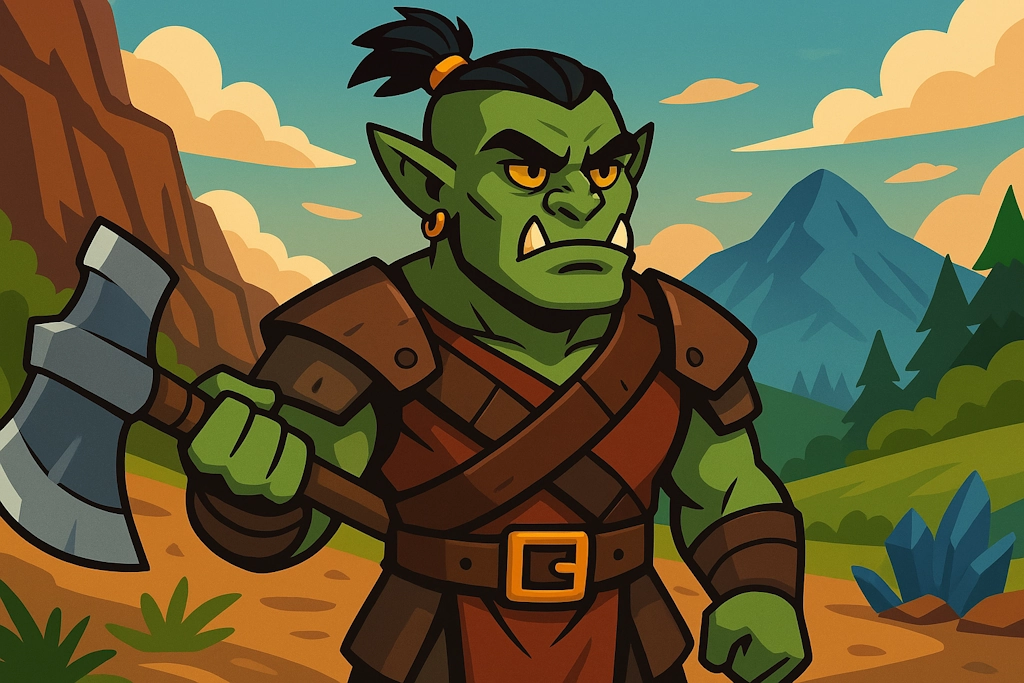Half-orcs Names(Orc Female)
Generate names for beings caught between human civilization and orcish strength.
Choose your style:

Half-orcs Names
Generate names for beings caught between human civilization and orcish strength.
Orc Female Half-orcs NamesOrc Male Half-orcs NamesHuman Female Half-orcs NamesHuman Male Half-orcs NamesOrc/Human Female Half-orcs NamesOrc/Human Male Half-orcs NamesHuman/Orc Female Half-orcs NamesHuman/Orc Male Half-orcs Names
Example Half-orcs Names
Get inspired by these sample results
- Zachomash Groogdub
- Judexan Grobulag
- Han Grodumulg
- Joe Grourkub
- Derony Grokhash
- Chartharchie Groshatur
- Kian Grodul
- Joshur Grolurn
- Jamuel Groshar
- Han Grobuglump

